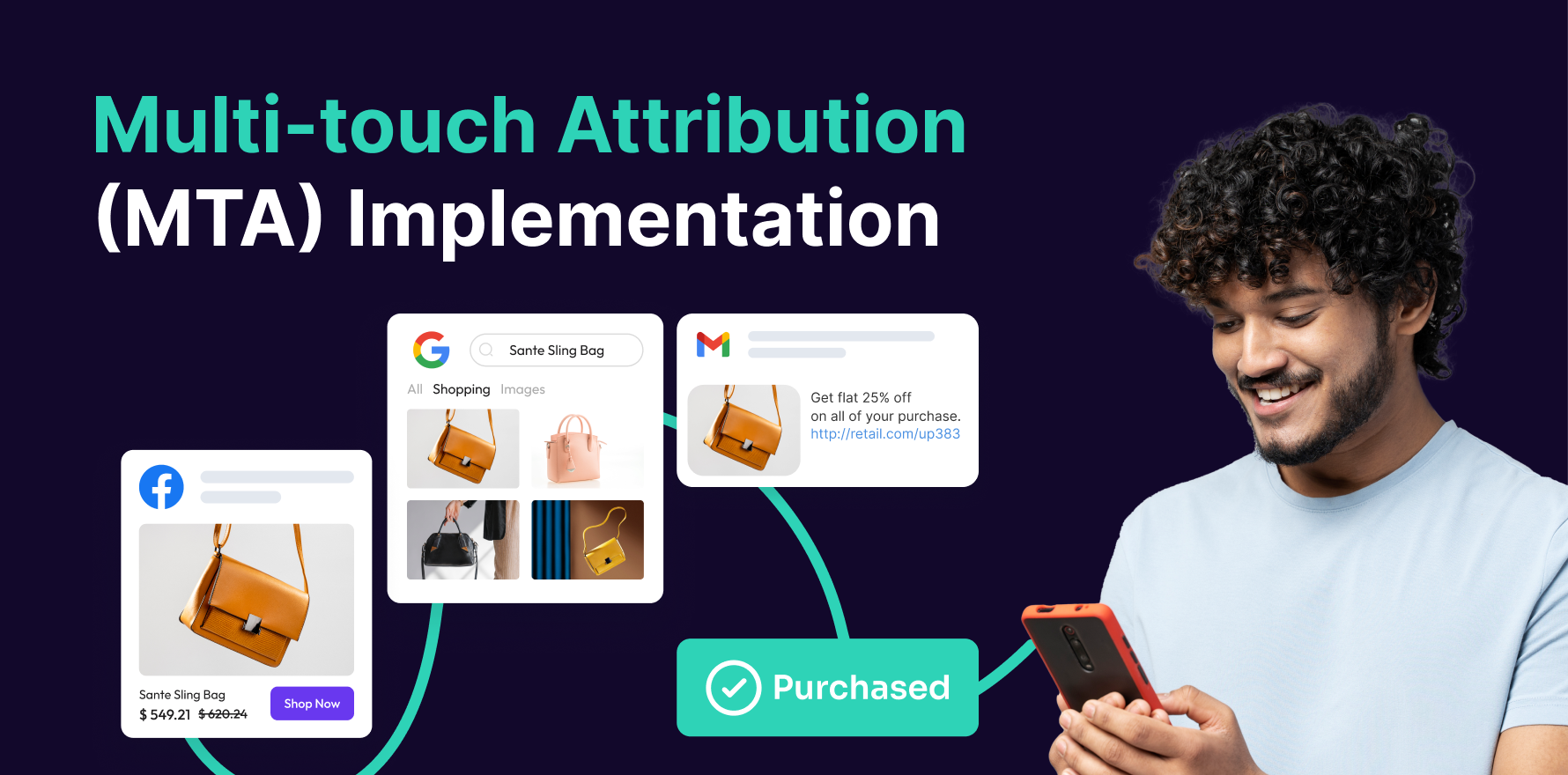What is Return on investment (ROI)?
Return on Investment (ROI) is a financial metric used to measure the effectiveness of investments and evaluates the performance of various business activities. It helps businesses in understanding whether their investments are generating desired returns or not. In ecommerce, ROI measures the profit gained from investments in digital marketing, inventory management, website improvements, and other business endeavors.
Formula
ROI = (Net Profit / Investment Cost) x 100Net Profit = Total Revenue – Total ExpensesInvestment Cost = Total capital invested in the business activity
Example
An ecommerce store owner spends $10,000 on digital marketing to promote their products. The store ends up earning $25,000 in revenue directly attributed to the marketing campaign. The ROI would be calculated as follows:ROI = (($25,000 – $10,000) / $10,000) x 100ROI = ($15,000 / $10,000) x 100ROI = 1.5 x 100ROI = 150%In this example, the Return on Investment is 150%, meaning the store made $1.5 for every $1 spent on the marketing campaign.
Why is ROI important?
- Allocate resources effectively by measuring profitability and efficiency.
- Compare different marketing channels or strategies to identify the most effective ones.
- Set realistic expectations and performance benchmarks.
- Monitor and optimize ongoing campaigns for better performance.
- Make informed decisions about scaling up or down investments.
Which factors impact ROI?
- Product pricing and profit margins.
- Quality and relevancy of advertisements.
- Seasonality and market trends.
- Competitor activities and market saturation.
- Ecommerce platform and payment gateway fees.
- Shipping and fulfillment costs.
How can ROI be improved?
- Data-driven marketing and segmentation to target the right audience.
- Continuous A/B testing of marketing campaigns, website layouts, and customer experiences.
- Streamlining the check-out process to reduce abandoned carts.
- Enhancing the user experience through responsive designs and faster page loading times.
- Focusing on customer retention and encouraging repeat purchases through loyalty programs, email marketing, and personalized offers.
What is ROI’s relationship with other metrics?
- Conversion Rate: The percentage of website visitors who make a purchase.
- Customer Lifetime Value (CLV): The total revenue a business can expect from a customer over their lifetime.
- Customer Acquisition Cost (CAC): The total cost spent on acquiring a new customer.
- Average Order Value (AOV): The average revenue earned per order.
- Retention Rate: The percentage of customers who return to make a purchase within a specific time period.
Free essential resources for success
Discover more from Lifesight






















































